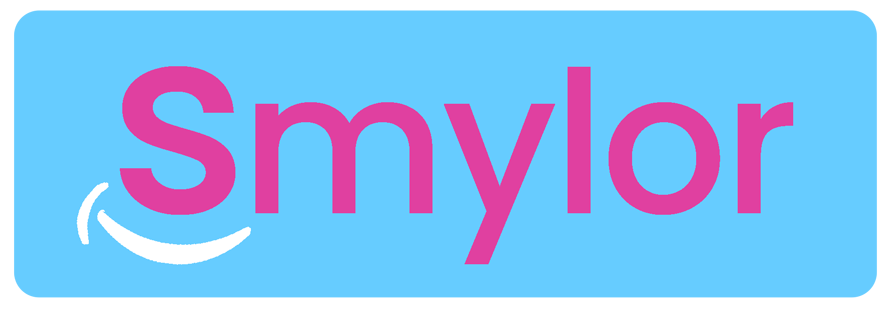Who’s taking care of the dentists in the DSO boom?
The last decade has seen the rise of Dental Service Organizations (DSOs) as a dominant force in the dental industry. For many dentists, joining a DSO can feel like trading chaos for structure: goodbye to payroll headaches, insurance battles, and the joy of fixing jammed label printers. DSOs promise efficiency, support, and relief from the business side of dentistry.
But there’s a growing conversation happening behind the scenes. Dentists are burning out. And not just the “I need a vacation” kind of burnout, the kind that has professionals questioning their career paths, struggling with mental fatigue, and in some cases, walking away from the profession altogether.
In all the excitement around scaling operations and streamlining workflows, have we overlooked the most important asset in a DSO model? The dentists themselves.
More structure, more stress?
Let’s be clear: DSOs have done a lot of good. They’ve helped thousands of practices operate more efficiently, brought modern business practices into the dental world, and created growth, learning, and stability opportunities. However, the same structure that makes a DSO successful can, if not managed carefully, become overwhelming for dentists.
Many dentists report a loss of autonomy, rigid scheduling, increased production pressure, and mounting administrative responsibilities, even with support systems in place. For clinicians who entered the field to help people and build relationships, that environment can feel more like a corporate job than a healthcare calling.
And the result? Burnout. Disengagement. Fatigue. All of which directly affect patient care, team morale, and long-term retention.
Burnout is not just a dentist problem, it's a DSO problem
Burnout doesn’t stay confined to one operatory. It spreads. When a dentist is overwhelmed or checked out, it affects the entire patient experience. You might see a drop in treatment acceptance, lower review scores, or increased turnover. That’s not just a morale issue, it’s a business risk.
DSOs rely on retention and consistency to deliver on their promises to investors and patients. Every time a dentist leaves, the organization loses more than just production, it loses trust, momentum, and often months of hiring and onboarding time.
Solving burnout isn’t just the right thing to do for your providers. It’s essential for operational sustainability.
Technology is supposed to help...right?
Let’s talk about technology. You would think with all the software floating around, from CRM to PRM to PMS to ESP (okay, maybe not ESP), things would be easier. And sometimes, they are. But a lot of the time? Dentists are buried under more tech than ever before.
You’ve got six platforms that don’t talk to each other, eight pop-ups screaming for attention, and a front desk team trying to remember which system sends the real appointment reminders. Meanwhile, the dentist is 20 minutes behind because a patient showed up with six questions from TikTok and a coupon that expired in 2017.
Technology was supposed to make this easier. What happened?
Digital tools should reduce the noise, not add to it
Here’s the problem: a lot of dental software is designed for the business, not the user. It’s built to track performance, not reduce friction. And while that’s great for leadership meetings, it’s not doing much for the person hunched over a patient.
Now imagine this instead: technology that actually clears space in the day. A CRM that tells you exactly where your patients are in their journey, without needing a PhD to read the dashboard. A PRM that automates follow-ups, reminders, and reviews so your staff can stop calling people who never pick up. An online chat screening tool that helps filter out unserious patients before they ever book an appointment. That’s the kind of tech that earns its keep.
You want to make a dentist’s day easier? Don’t give them more data. Give them fewer distractions.
Online scheduling isn’t just a convenience, it’s a sanity saver
Let’s talk scheduling. You know what really gets a dentist’s blood pressure up? That moment when their entire afternoon is filled with no-shows, reschedules, and “just a quick consult” appointments that somehow take 45 minutes.
Online scheduling with real-time availability sounds simple, but it’s a game-changer. Patients get what they want: convenience. The practice gets what it needs: predictability. And the dentist? The dentist might actually get to eat lunch. Revolutionary.
Even better, tie that scheduling into smart patient intake. Let people upload documents, answer screening questions, and complete forms before they arrive. It saves time, reduces errors, and means the first 10 minutes of every visit aren’t spent asking about allergies or whether they floss (we all know they don’t).
It’s not just about looking efficient, it’s about being efficient
If you’re a DSO leader reading this, you might be thinking, “We’ve already invested in tech.” Great. But here’s the thing: are your dentists actually using it? Are they saying, “Wow, this makes my life easier,” or are they quietly Googling how to retire early on a goat farm?
Technology should be invisible when it works right. It should fade into the background and just help. Dentists don’t want to be IT managers. They don’t want to click through five screens to send a recall reminder. They want to do what they trained for: treat patients, solve problems, and maybe enjoy their workday.
The DSOs that will win in the next 5–10 years aren’t just the ones with the most locations. They’re the ones that make their providers’ lives measurably better through thoughtful, frictionless, integrated tech. Not flashy dashboards. Not vanity metrics. Real, practical systems that reduce clicks, eliminate redundancies, and create time.
Culture still matters, but tech can support it
Even the most advanced technology can’t fix a broken culture. If a dentist doesn’t feel supported, respected, or heard, no amount of software will change that. The DSOs that thrive long-term are the ones that combine operational excellence with genuine care for their clinical teams.
What does that look like? It starts with listening: regular check-ins that go beyond numbers. Are dentists able to influence their schedules? Do they have a say in the way their care is delivered? Are they offered mentorship or growth opportunities, not just production goals?
It also means acknowledging that mental health and emotional well-being matter. Burnout prevention doesn’t mean yoga mats in the break room. It means building a system that respects time, fosters teamwork, and creates space for dentists to connect with their purpose.
A final thought before the next patient walks in
There’s a unique opportunity right now for DSOs to redefine what growth looks like, not just in terms of locations and revenue, but in terms of human sustainability.
Imagine a DSO where clinicians feel energized, not exhausted. Where digital tools do the heavy lifting on the admin side so dentists can focus on what they do best. Where the culture is collaborative, supportive, and built to last.
That’s not just a feel-good story, it’s a smart business model. Because the future of dental care won’t be defined by who grows fastest. It’ll be defined by who builds systems where people can grow and thrive.
The DSO model isn’t broken. It has the potential to be one of the most innovative and sustainable shifts the dental industry has seen. But scaling smart means thinking beyond the spreadsheets.
It means building technology that’s intuitive, not intrusive. Systems that support dentists, not just measure them. Most importantly, a culture where the people behind the procedures feel seen, heard, and genuinely valued.
Take care of your dentists, and they’ll take care of everything else.
Dental Clinics Near You
Book a Dental Treatment
Our Smylor dental marketplace allows you to review and request bookings from 100s of dentists near you. Currently available in Switzerland (Zürich & Zug) and Germany (Köln, Düsseldorf and Bonn).
Click on your region.


